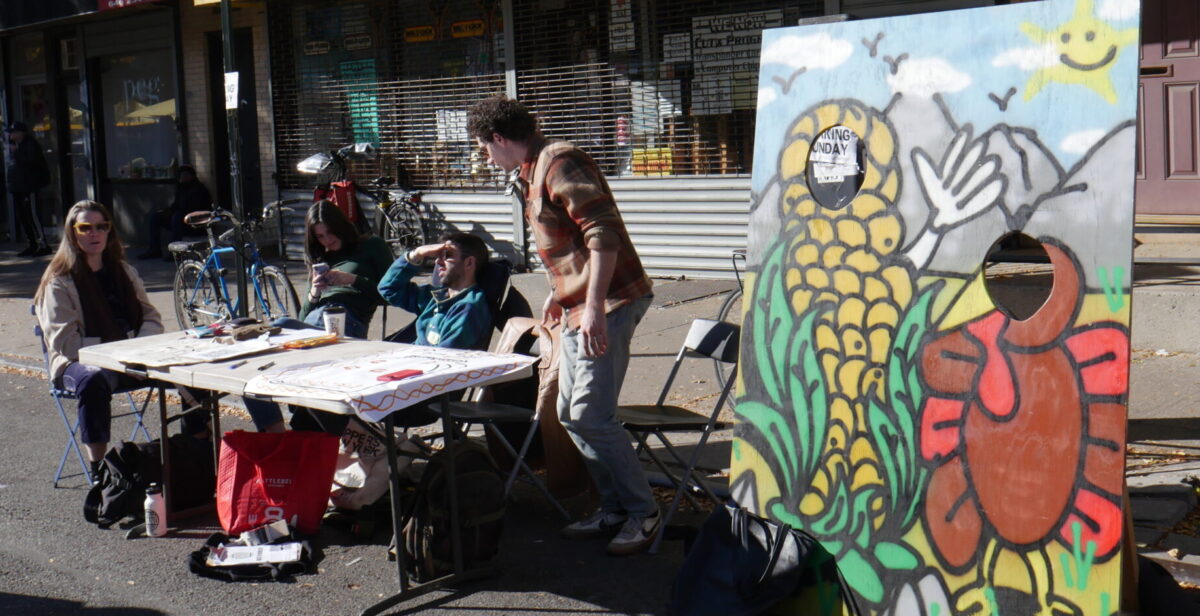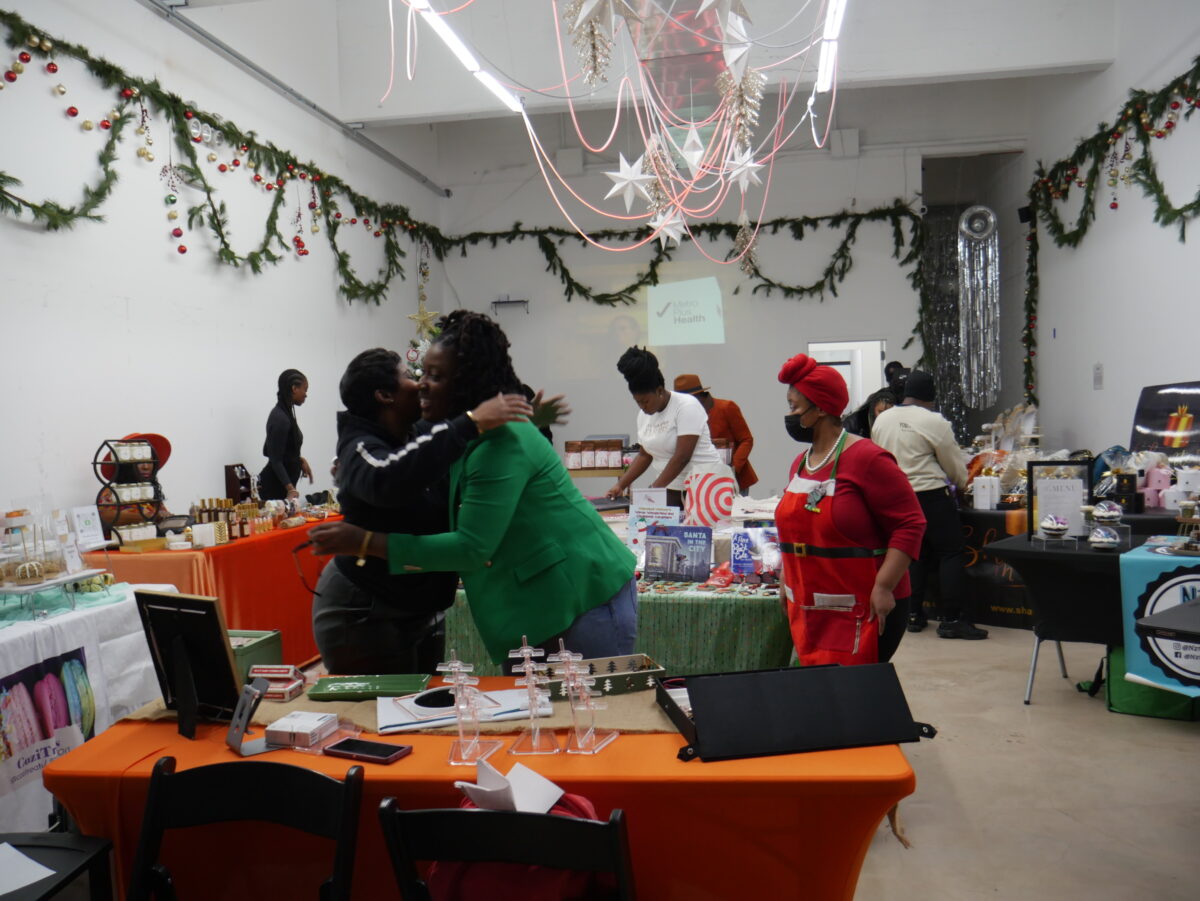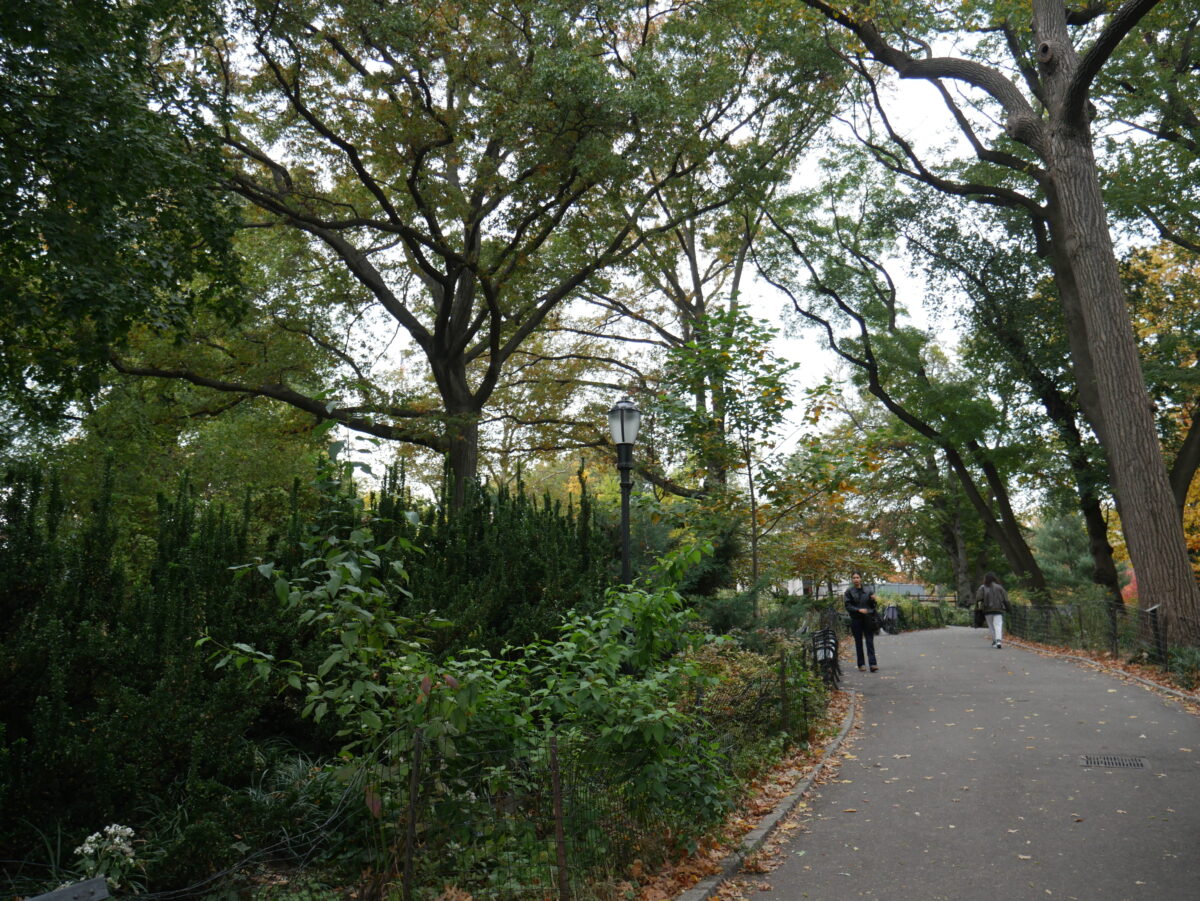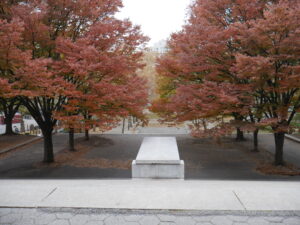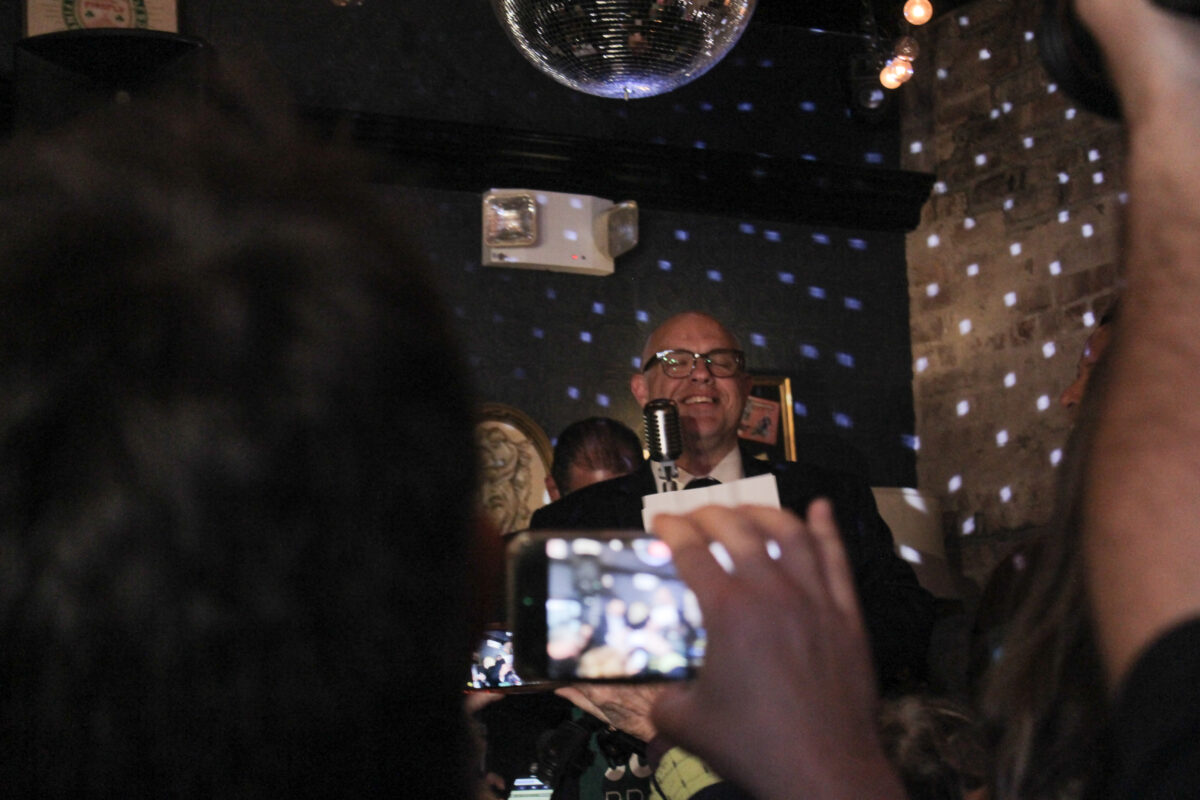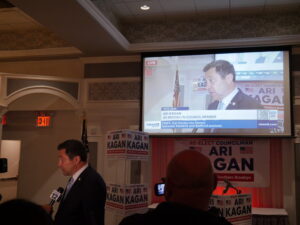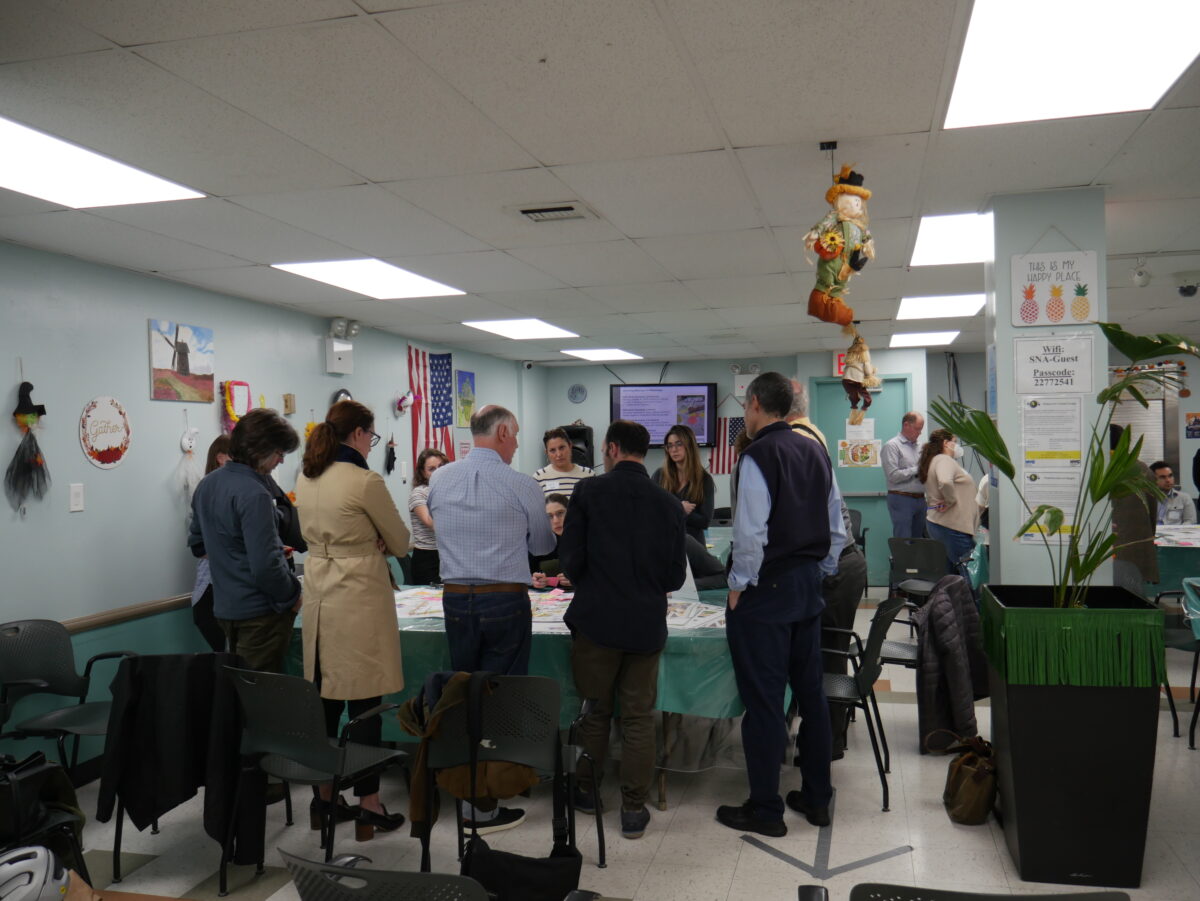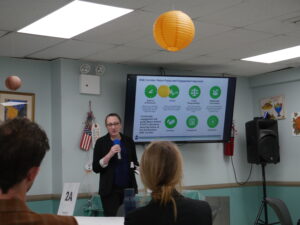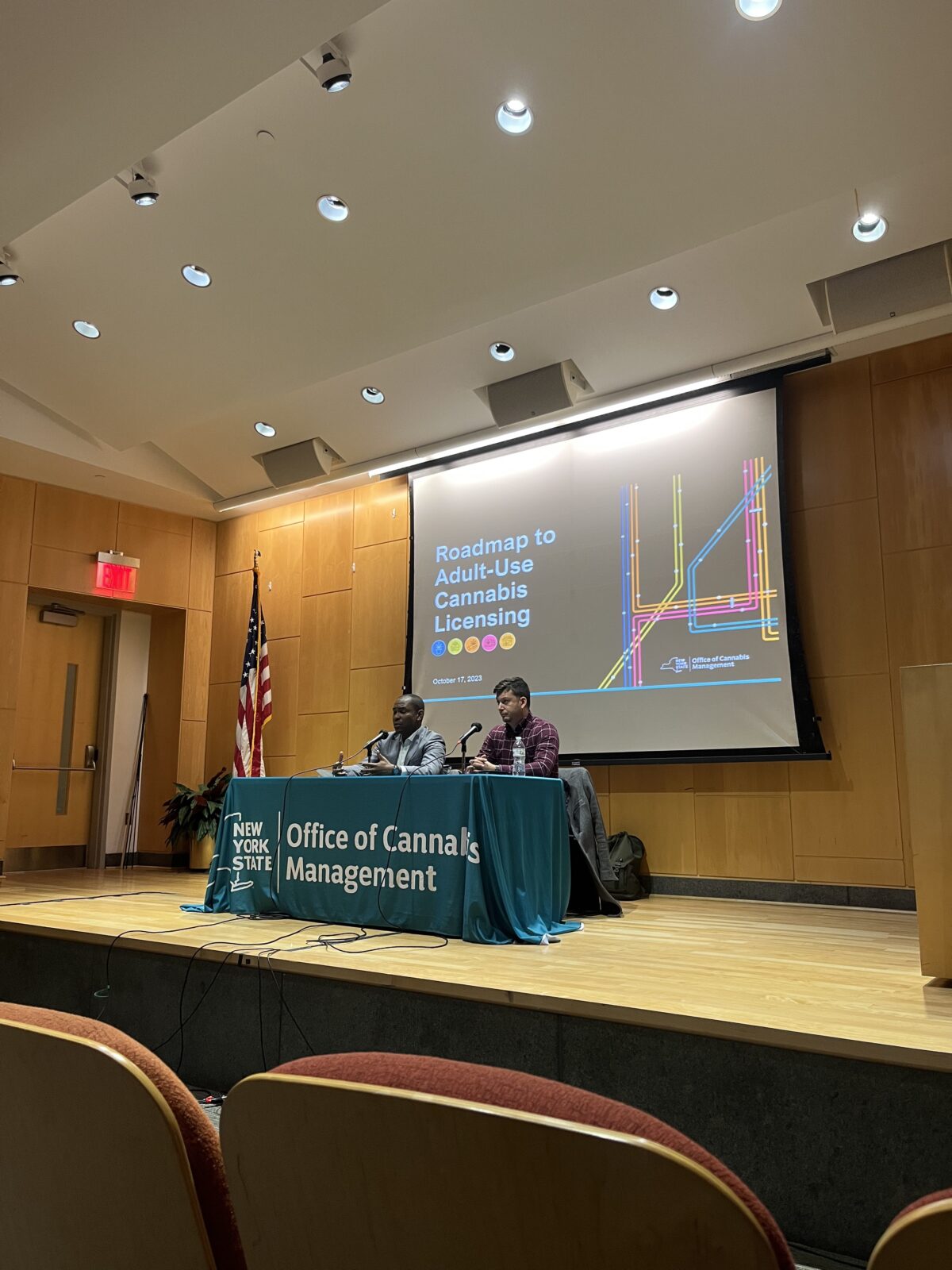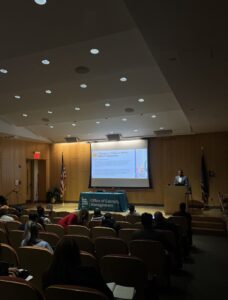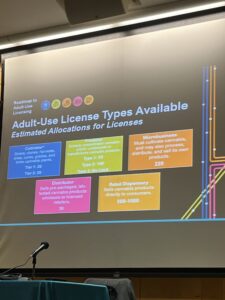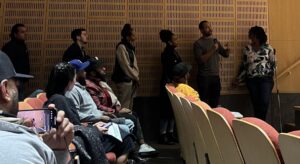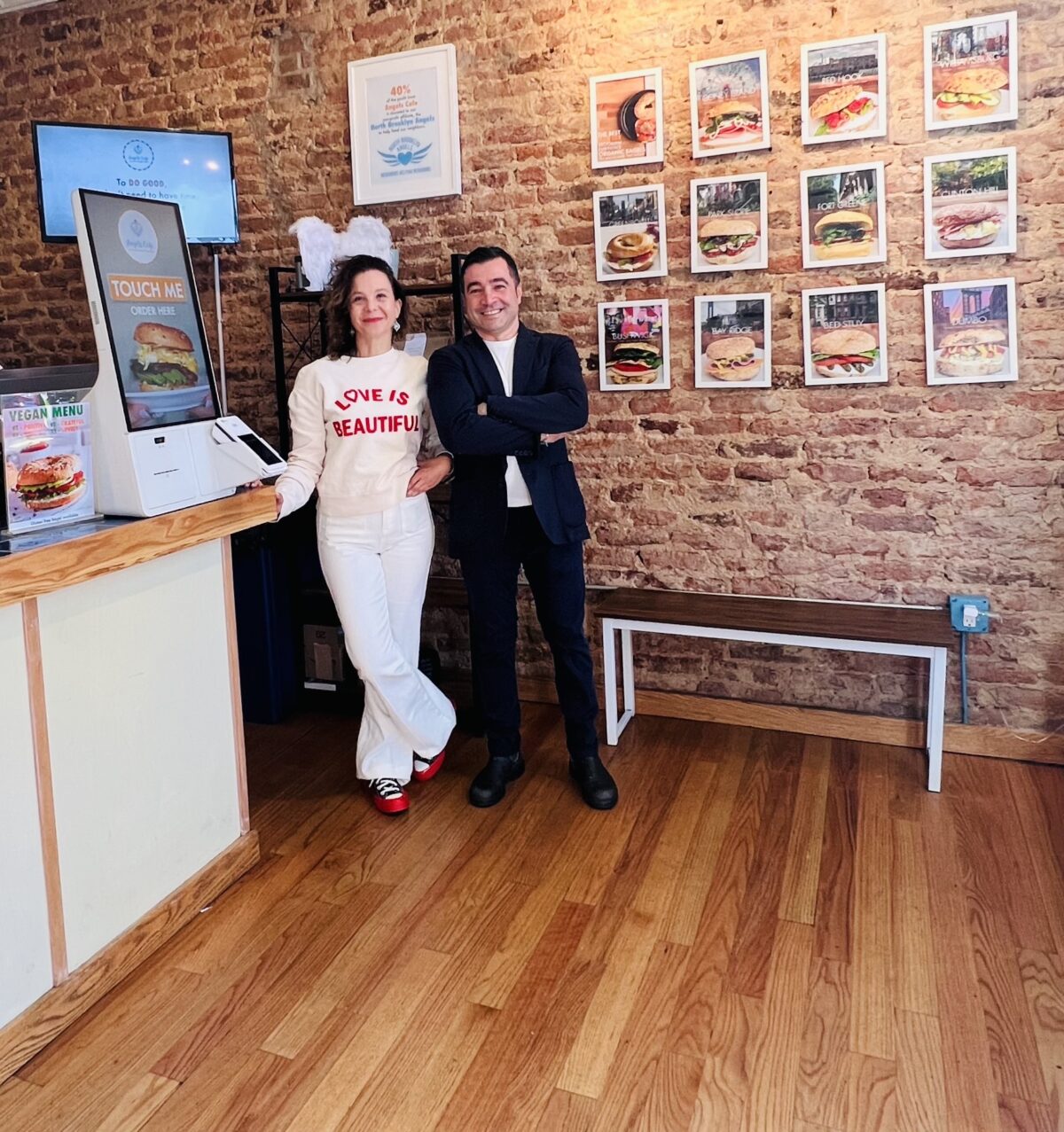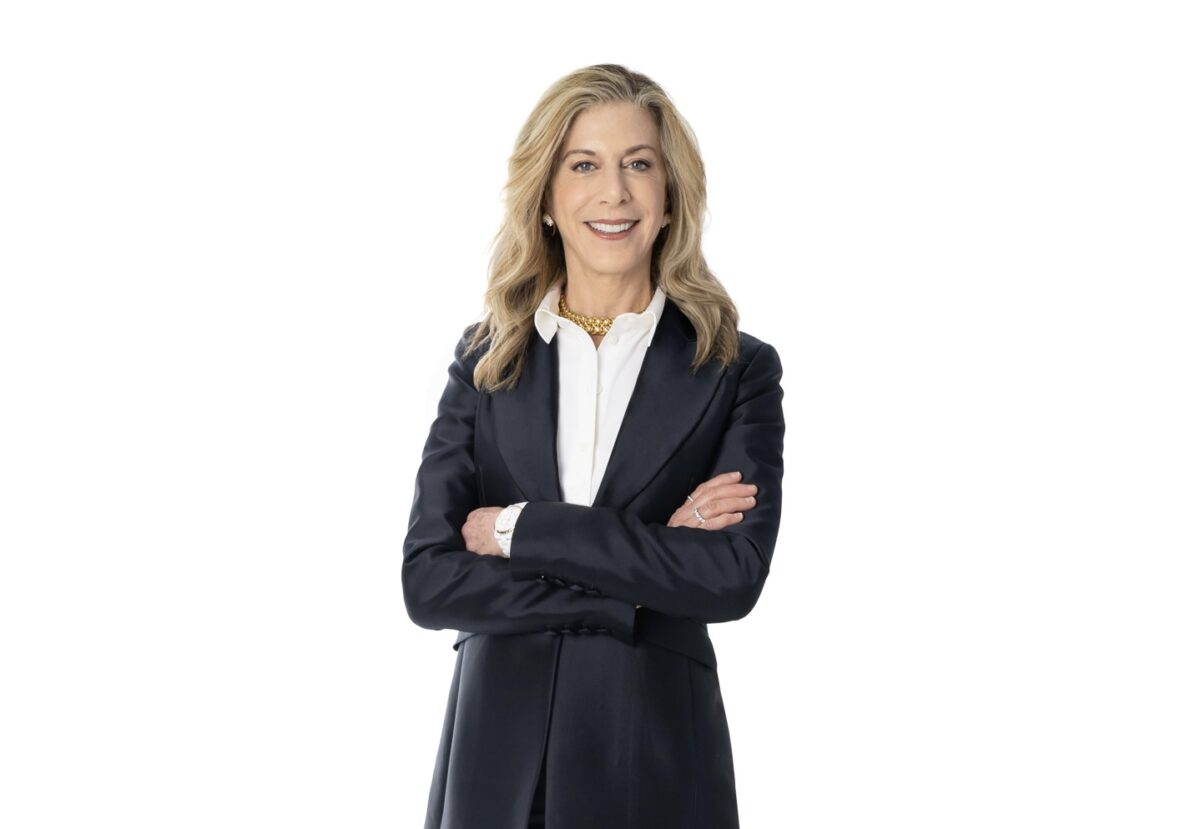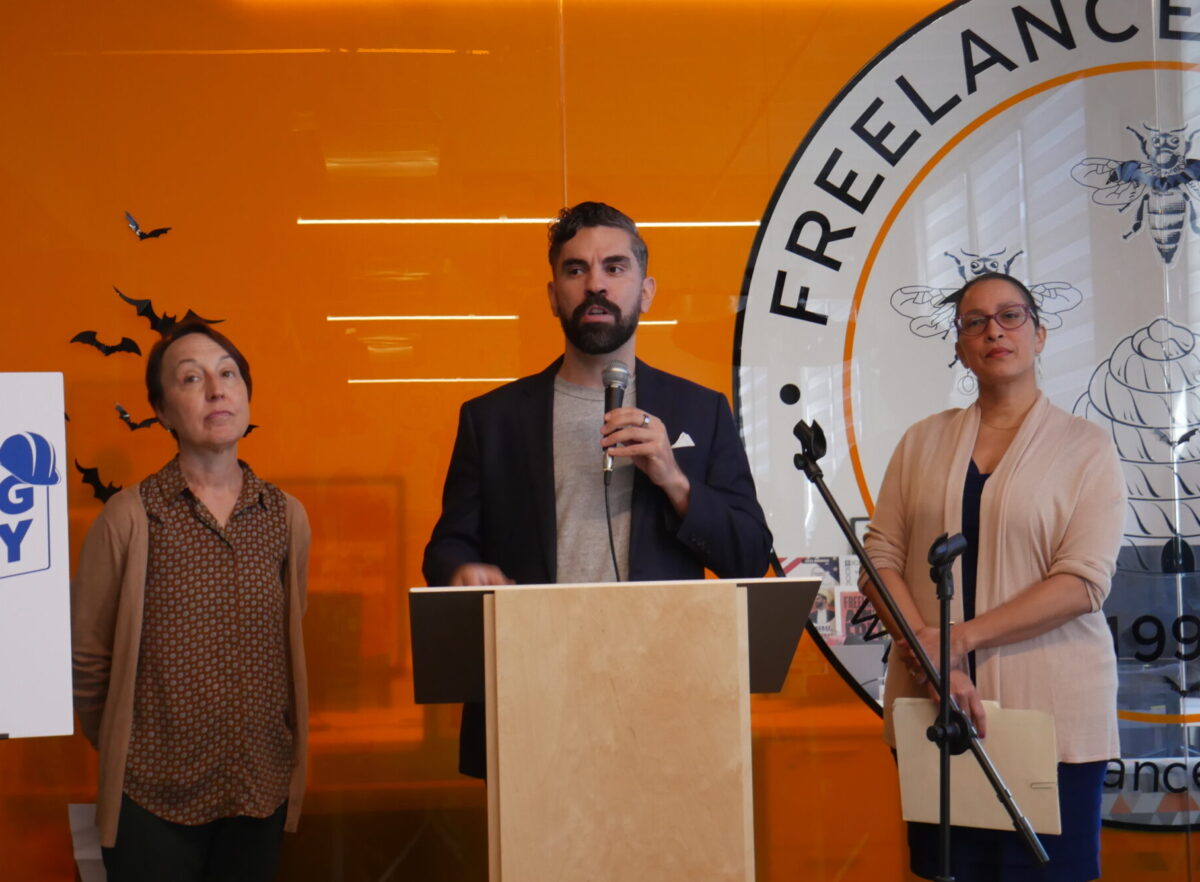Brooklyn’s Turkey “Trot” to Connect Public Spaces
By Oona Milliken | omilliken@queensledger.com
This weekend, the North Brooklyn Open Streets Community Coalition and the North Brooklyn Parks Alliance partnered to create a non-traditional Turkey “Trot.” Part of the event was to raise awareness for NBKOpenStreets and NBK Parks Alliance projects, but also just to create a fun event for community members to enjoy, according to Benji Lampel, an NBKOpenStreets volunteer.
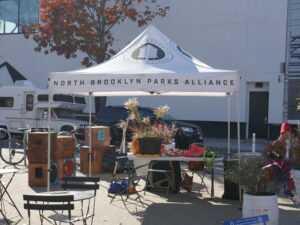
NBK Parks Alliance booth along the trot for participants to plant a flower bulb.
“We really care about open space in the neighborhood, part of that is using the DOT’s Open Streets program and the plaza program, and just show people what it’s like to have public space that’s not a park that you can come and enjoy, and sit, and enjoy being outside without having to spend any money at all,” Lampel said.
Instead of a typical community run, North Brooklynites gathered on Sunday, Nov. 19 from 10 a.m. to 3 p.m. to participate in a bingo scavenger hunt that took them across Williamsburg and Greenpoint.
The trot connected three open street and plaza projects in the area, Bedford Slip, Banker’s Anchor and Berry Street. Participants of the event could cross off bingo ticket items like answering riddles or trivia on the neighborhood, taking a photo with Williamsburg or Greenpoint merch at the coffee shop Upstate Stock, having a friendly conversation with a neighbor, planting a flower bulb, or signing the Berry Open Street petition. Prizes for completing the bingo included a $50 gift certificate to Black Seed Bagels, a jar of organic mangoes from Maison Jar and a three-day pass to the VITAL climbing gym.
Josiah Clagett, another NBKOpenStreets volunteer, said that creating open public space was important in modern cities where people often work from home, driving cars by themselves or don’t have access to public spaces to gather in. NBKOpenStreets’ mission is to create “safe place for all to walk, exercise, enjoy fresh air, and patronize our favorite shops, bars, and restaurants.” Both Clagett and Lampel said they appreciated that NBKOpenStreets emphasized the importance of creating areas for city residents to come hang out in together.
“I think people are far too lonely, and part of that is how we design our cities. Since joining [Open Streets] I have felt my loneliness completely go away. Part of it is because we’ve designed places like this that are accessible, you can go and because of the way it’s designed people are hanging out there all the time,” Clagett said. “It’s a community.”
Katie Denny Horowitz, the Executive Director for the NBK Parks Alliance, said her organization acts as a liaison between agencies like the Department of Transportation and the rest of the community.
“It’s a public private partnership, which means that we’re kind of straddled between the agencies and the public, basically acting as a liaison,” Horowitz said.
Part of acting as a liaison means creating connections between outdoor city plazas, parks and open streets and the public, according to Horowitz. She said she was excited about the Turkey Trot because it created a link between three large public space projects in Brooklyn and allowed residents to see the broader plan of creating community spaces.
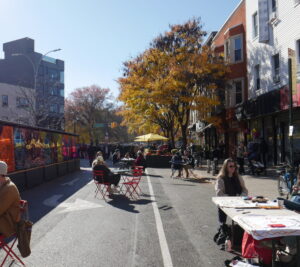
Bedford Slip where the Turkey Trot began on Sunday. The Slip is not currently permanently shut off from car traffic, but NBKOpenStreets and NBK Parks Alliance are pushing to make it more friendly for pedestrians.
“I think part of the reason why this is such a beloved event is because it brings together these three very popular projects like Berry Open Street, the Banker’s Anchor Public Plaza and the Bedford Slip, which we refer to as a future public plaza,” Horowitz said. “We’re also very interested in these initiatives because it creates safe crossings between existing green spaces, or in the case of North and South, potential green corridors, pedestrian pathways between actual neighborhoods like Greenpoint and Williamsburg.”
Lampel said public space projects can help reimagine a city that isn’t centered around cars but focuses more on taking public transportation, walking and biking. According to Lampel, these spots could also strengthen communities in an age where there are not many places to gather publicly.
“You can look back at like, ancient Greece, a lot of where democracy happened was in public squares right? It’s a great place also to just run into friends or meet a new neighbor. But it can also be a place where people can come and discuss the future of the neighborhood and how to build resiliency as a community,” Lampel said.


